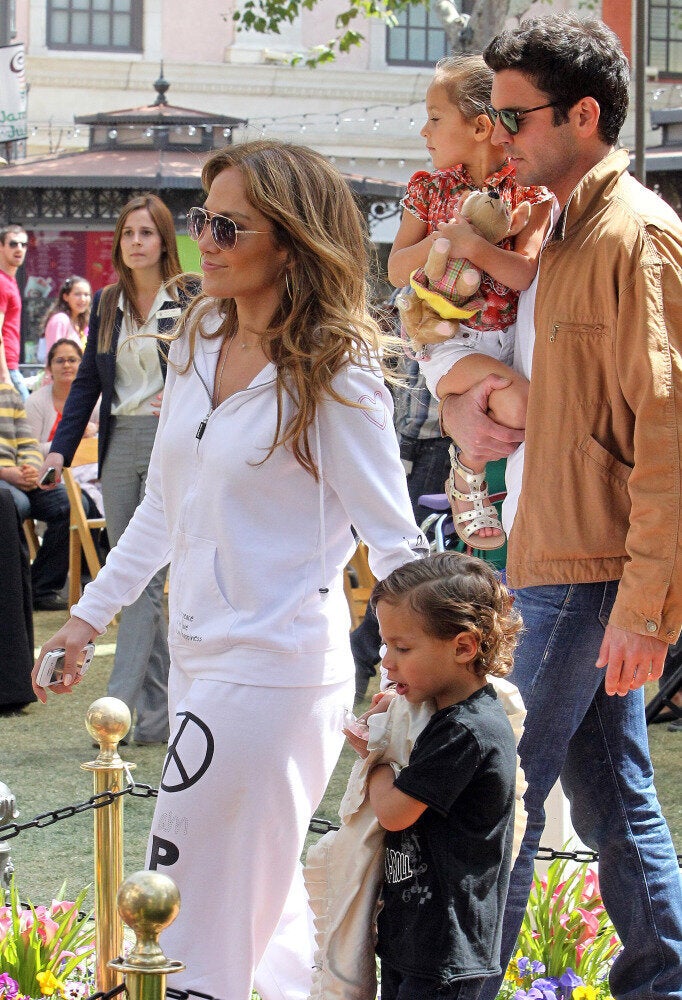Written by Leslie Kennedy for BabyPost.com
In Canada, a solid 25 per cent of babies are born via C-section. While in the states women can simply opt for a C-section delivery if they so choose, in Canada C-sections, especially for first time moms, are almost always medically indicated for one reason or another.
The reality that 25 per cent of Canadian women require a C-section is a startling number, and that number is about to change.
It has been common place in Canada for the last 15 years to deliver most, if not all, breech babies via C-section after research indicated that it was a safer delivery method for babies who were feet first in utero versus head first.
Women who find themselves breech in the last months of pregnancy often do everything to try to turn their babies to avoid a necessary C-section, from shining lights to the bottom of the belly, to hunching on all fours, right down to an excruciatingly painful and risky procedure called an external cephalic version (ECV) whereby a doctor attempts to turn the baby with their hands from the outside.
But late last week, new guidelines released by the Society of Obstetricians and Gynecologists of Canada (SOCGC) suggest that physicians no longer need to automatically opt for C-sections in the case of breech presentation. The new guidelines are based on evidence that shows that many women can and should be able to deliver breech babies naturally.
The Globe and Mail explains that currently, the recommendation against vaginal breech delivery has resulted in a lack of training for doctors in how to perform the procedure. The new guidelines will create a push, backed by the SOCGC, to reintroduce breech delivery training for practitioners across Canada.
The recent findings do not suggest that breech deliveries are as safe as head-first deliveries. Only that they are no less safe than delivery by C-section, which carries its own risks.
"Vaginal birth is the preferred method of having a baby because a C-section in itself has complications," Dr. André Lalonde, executive vice-president of the SOGC told the Globe.
"It now appears that there is no difference in complication rates between vaginal and Cesarean section deliveries in the case of breech births," said the Globe and Mail.
But, that doesn't mean that breech babies might not end up requiring to be delivered by Caesarean.
"The SOGC stresses that because of complications that may arise, many breech deliveries will still require a Cesarean section," the Globe said.
Still, the news will come as a relief to women who have breech babies and want to try to deliver vaginally. Not only do the new guidelines give them chance to try, but it gives the green light to the schools who train physicians to master a lost skill that will give these women the best chance to do so safely.
More from BabyPost.com
MORE ON HUFFPOST:
